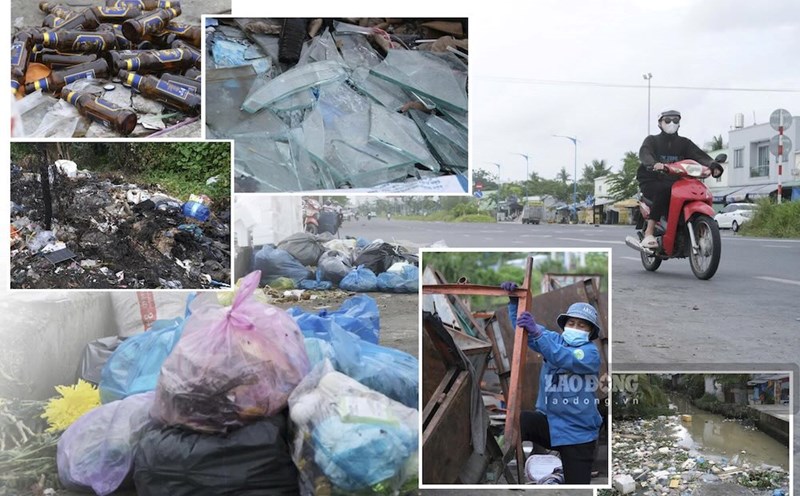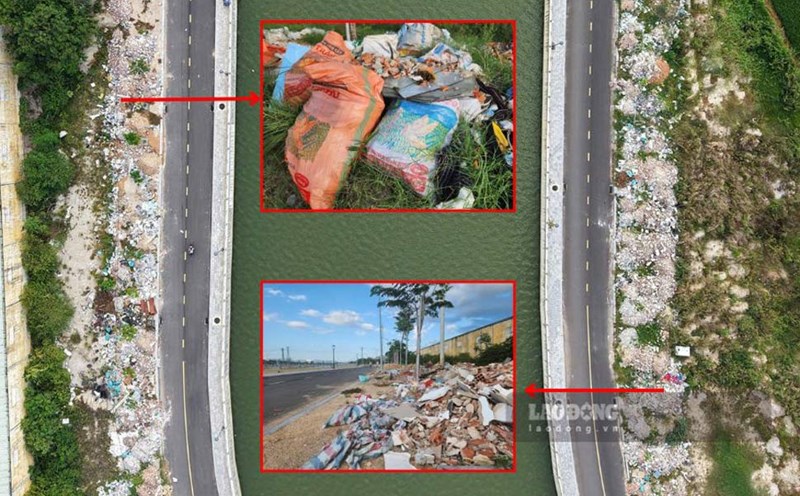Convingated
According to data in the old Can Tho City alone, the average amount of household waste generated was about 650 - 700 tons/day. This figure is expected to continue to increase due to population and economic development in the central area.
Previously, there were 2 domestic solid waste treatment plants in the locality. That is the waste-to-energy plant of EB Environmental Energy Company Limited, with a scale of more than 5 hectares and an investment capital of VND1,000 billion.
This factory has a capacity of 400 tons/day, but according to the Board of Directors of Can Tho Urban Joint Stock Company, the factory always has to handle it beyond its capacity, ranging from 500 - 600 tons.
In addition, the remaining unit is the incinerator at the landfill in Dong Thang with a capacity of 100 tons/day.
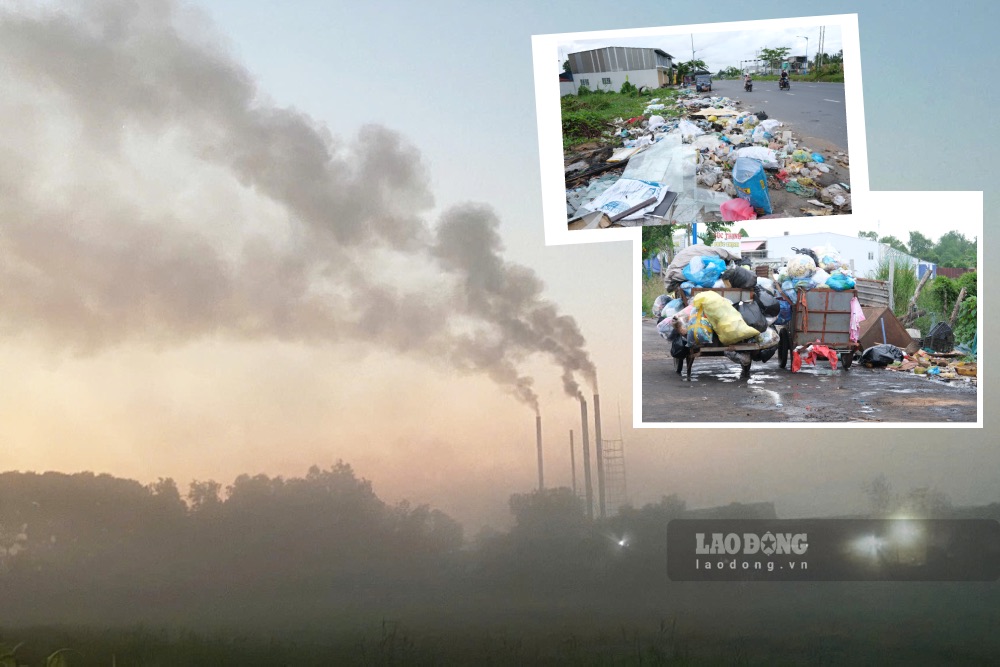
The above figure does not include the amount of domestic waste remaining in landfills in the old Can Tho City of nearly one million tons. Of which, O Mon landfill has more than 36,000 tons, Co Do landfill has 700,000 tons, Thot Not has 60,000 tons and landfill No. 8 in Cai Rang has over 162,000 tons.
That is from a macro perspective, but in reality, environmental sanitation workers directly understand.
Working in Long Tuyen ward for nearly 10 years, Ms. Tran Thi Thanh Thao said: "Previously, the company assigned me 4 garbage trucks, but now it only has 6 trucks. There is too much garbage, but there is only so much time and people, so we cannot collect it all".
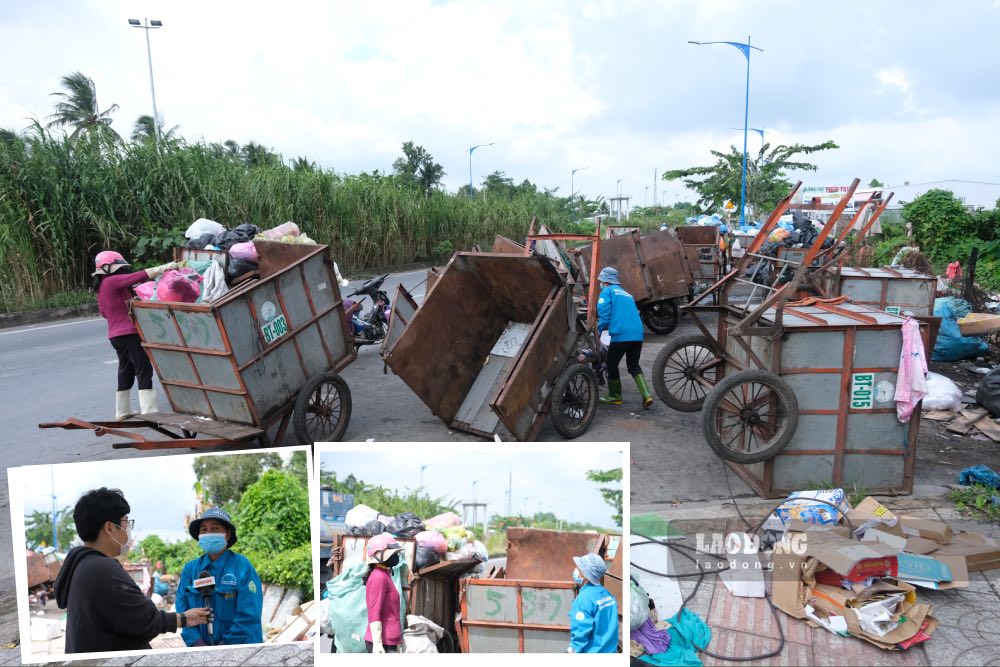
Ms. Le Thi Ho Phuong (Binh Thuy ward) informed that the staff is forced to take a day-to-day cleaning - that is, 2 days to take garbage once, instead of every day as before.
"If there are not enough vehicles, how can we collect them all, and if there are also vehicles, it is not certain that there will be enough people to take them. We have also petitioned superiors many times about increasing vehicles and human resources, but we have not been able to do so" - Ms. Phuong confided.
Planning problems
Mr. Tra An Dao - Director of Binh Thuy branch factory, Can Tho Urban Joint Stock Company - said that the unit is currently collecting garbage in Long Tuyen, Binh Thuy and Thoi An Dong wards. The unit has 6 shuttle vehicles to the factory, 6 dump trucks transported to temporary gathering legs and 70 tractors with sufficient human resources.
What Mr. Dao is concerned about is that the work of collecting garbage in alleys as well as new routes in the area is still difficult. The local propaganda and mobilization work has not yet received the consensus of a part of the people.
"The locality has arranged a gathering area near a major road, so we have to do it, which more or less affects the environment and the lives of people around. That is the reason why we are being reflected a lot" - Mr. Dao explained.
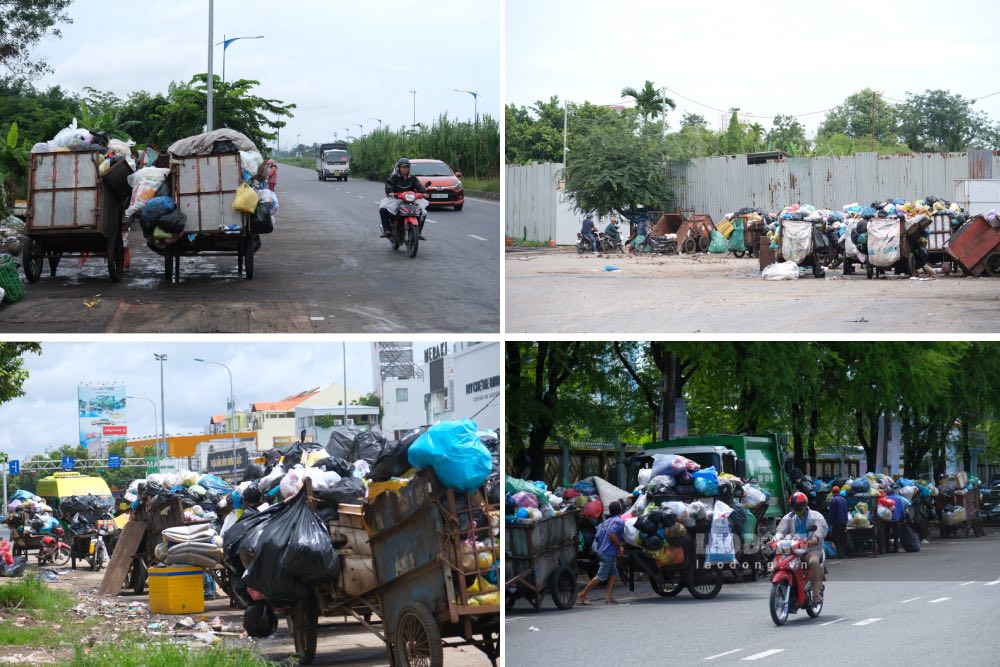
In the old Cai Rang district, there are currently about 50 workers collecting garbage with 40 tractor-trailers and 10 dump trucks.
After many years of managing the work of collecting garbage in Cai Rang ward, Hung Phu ward, according to Mr. Nguyen Duy Khang - Deputy Head of the Urban Environment Enterprise, Can Tho Urban Joint Stock Company - to meet the current volume of garbage, there must be at least 70 tractors, 15 dump trucks and garbage compactors or more.
"The wards still do not have fixed gathering points. Temporary gathering points in the area are in difficult locations for traffic, easily causing wastewater and leachate problems" - Mr. Khang added.
Mr. Nguyen Ngoc Anh - Vice Chairman of Ninh Kieu Ward People's Committee - admitted that previously, Ninh Kieu District in particular and Can Tho City in general had found limitations in planning, especially the planning to build garbage transfer stations.
"In the past, we have done both adjustments, and now there are 2 stations that comply with state regulations (one station under construction and one station with drawings). The remaining temporary gathering points in the area do not have a filter, smell treatment, and waterproofing system, affecting the aesthetics. We will continue to propose a more complete and complete land fund for station construction" - Mr. Anh added.
Lack of implementation in waste classification at source
According to the Law on Environmental Protection 2020, from January 1, 2025, households and individuals must classify waste at source into 3 groups: recyclable waste, organic waste and the remaining waste. After that, the garbage will be collected, gathered, and transported.
In Can Tho, the classification of waste has been proactive since 2017, Can Tho City according to the policy of dividing into 3 types: burnable waste, non-burnable waste, and damaged waste. However, in general, the work of classifying waste in Can Tho City is still confusing and superficial. Typically, along the Nguyen Van Cu route, there is a list of instructions for classifying waste at the source, but not far away, the waste is still scattered and messy.
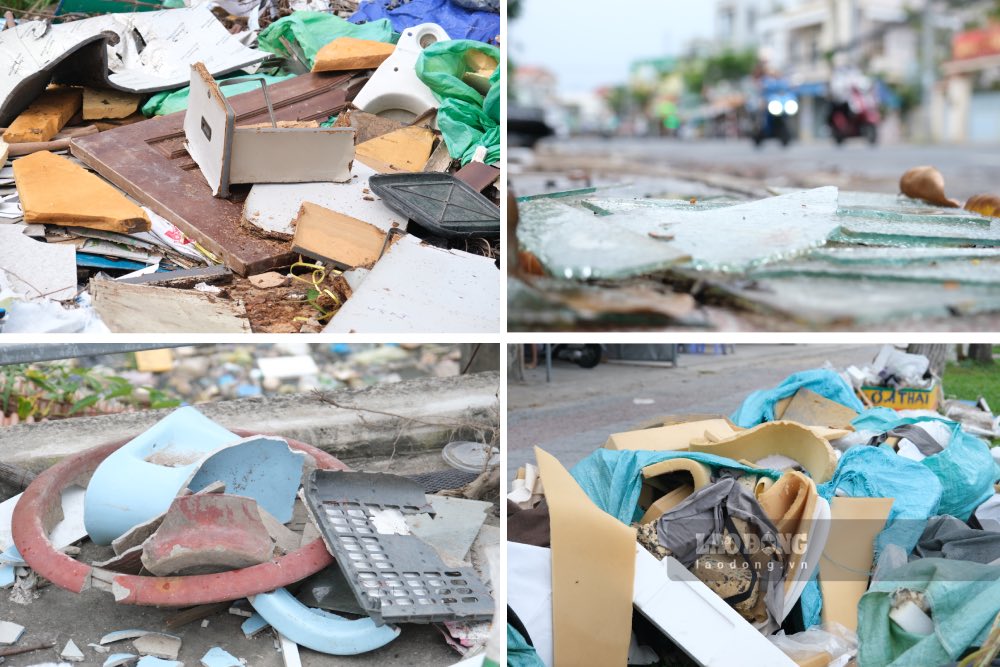
The Board of Directors of Can Tho Urban Joint Stock Company informed that up to now, most people have not classified it, which is the reason why garbage collectors are often broken and torn by broken glass. The leaders of this company confided that some communes and wards have proactively promoted, but other communes and wards are still superficial, causing difficulties for the brothers to collect.
According to the Board of Directors of Can Tho Urban Joint Stock Company, through the experience of summarizing waste classification as well as new regulations, it is necessary to have a legal basis, instructions and implementation resources (infrastructure investment, specific regulations, capital sources). Above all, it is the coordination of local authorities, waste owners, and strict management of the State, only then can waste classification be effectively implemented.
In June 2025, the People's Committee of Can Tho City issued a Decision on approving information on the project of the Thoi Lai District solid waste treatment area (Can Tho Waste Treatment Plant No. 2). The project has a land area of about 4.79 hectares with a designed capacity for domestic solid waste treatment of 400 tons/day and night (calculated for the volume at the input at the weighing station of the domestic solid waste treatment plant).
According to Directive 41/CT-TTg 2020 of the Prime Minister, centrally-run cities have a deadline of the end of 2025 to reduce the rate of waste treated by direct landfill method to below 20%. This Directive requires centrally-run cities, including Can Tho, to urgently invest in or put waste treatment plants into operation in the direction of modern technology and environmental friendliness.

